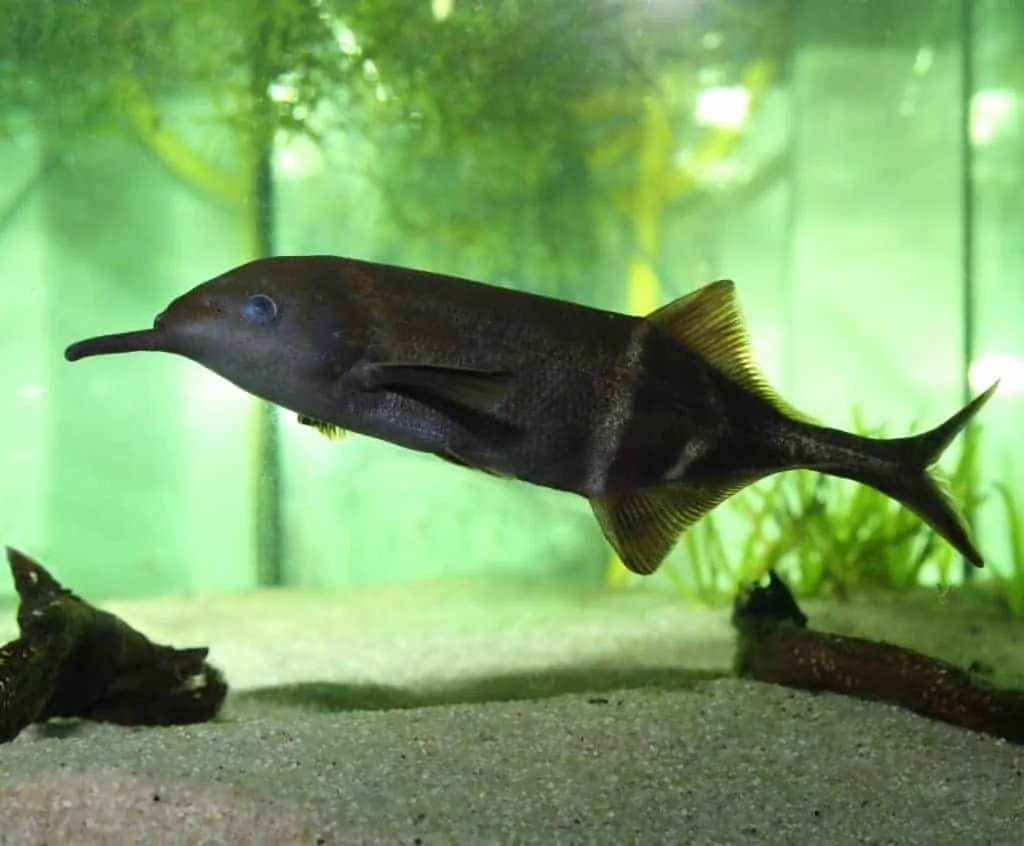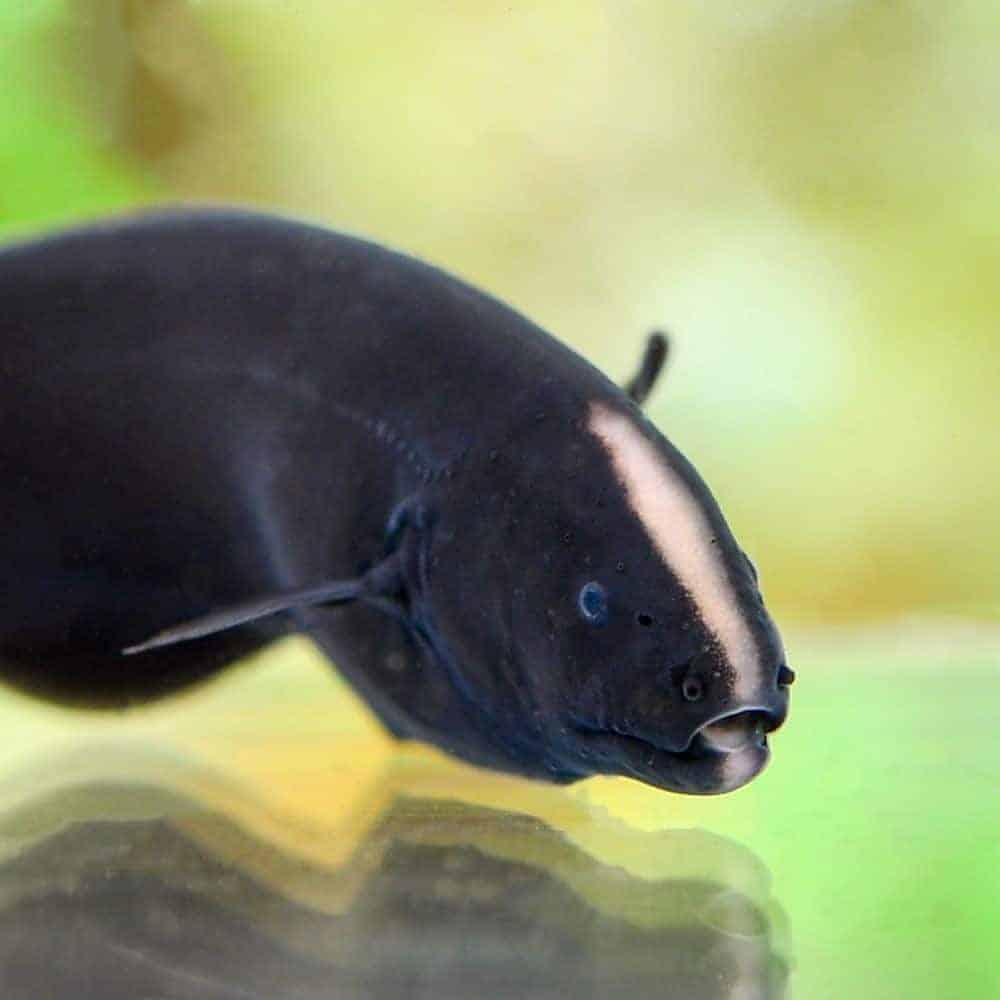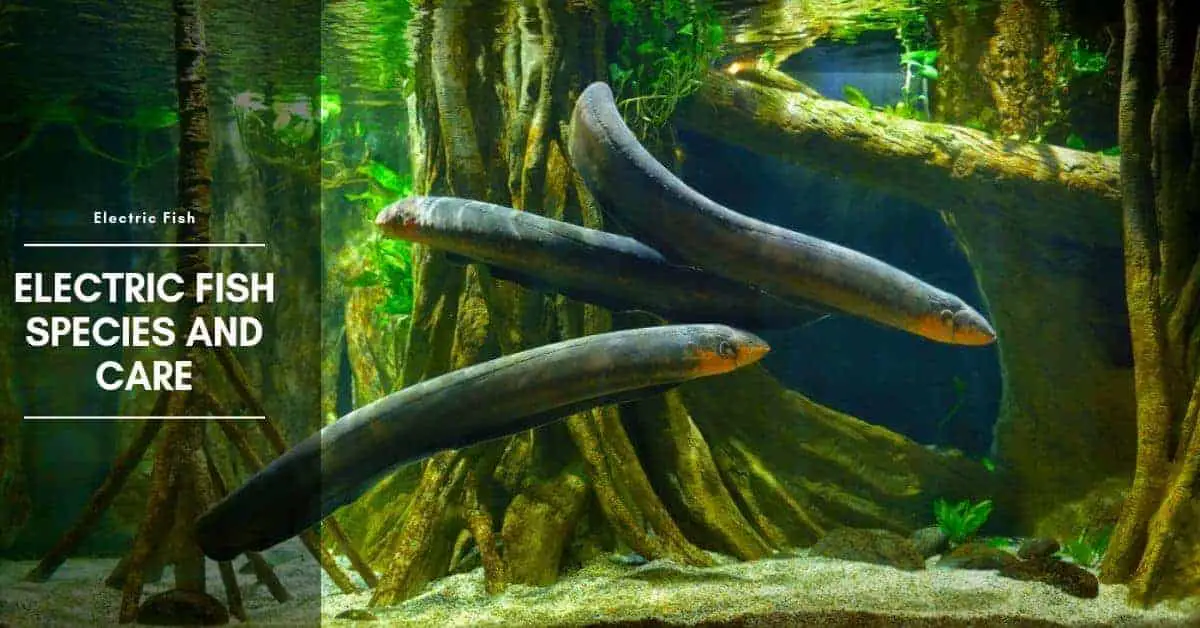There are several fishes that are able to produce electricity. Some use it to find their way around and others for defense and stunning prey, and all are aided by the fact that water is a good conductor.
What Is Fish Electric-Organ?
The electric organs are modified muscle cells; those fishes that stun their prey have large, powerful electric organs (Electrophorus electricus (electric eel) is a good example of this), whereas those which use electricity for navigation have much smaller and less powerful organs. Interestingly electric fishes have very small eyes and inhabit silty waters with poor visibility where electronavigation is an asset. Electrophorus electricus (electric eel) is a very large and potentially dangerous fish.
Think hard before buying – it can deliver a shock that can stun a horse.
A word of caution:
THESE FISHES ARE NOT FOR BEGINNERS.
Electric eels can deliver a shock of more than 500 volts and that is powerful enough to stun a horse
Even though you may fancy keeping one for its novelty value, please give the matter very careful consideration before proceeding. They are powerful creatures that require specialist handling, and if you have young children who may put their hands in the aquarium, do not even think about it. Members of the African genus Mormyridae (elephant noses) use Electric Fish to find their way around, communicate with each other, and passively defend territory.
API STRESS COAT Aquarium Water Conditioner 4-Ounce Bottle (85B)
24% OffTetra AquaSafe Plus, 8.45 Ounces, aquarium Water Conditioner And Dechlorinator, Model Number: 46798162681
API TAP WATER CONDITIONER Aquarium Water Conditioner 16-Ounce Bottle
29% OffThe electric organ is small, weak, and situated near the caudal peduncle. These fishes are so sensitive to water quality that in Germany they have been introduced into a water supply to monitor drinking water purity; if their electrical pulses increase from the normal 800 per minute this indicates a deterioration in the water purity.
Elephant Nose Fish – Gnathonemus Petersii

In the aquarium, the most commonly kept species is Gnathonemus petersii (Peter’s elephant nose). If your aquarium has been established for a year or more, everything is going well, and it is not overstocked, you could try to keep one or two elephant noses. They are quite peaceful but if you are intending to keep more than one, make sure they are of similar size, as large specimens will sometimes bully smaller, weaker ones.
Elephant noses are nocturnal so ensure that there are caves or other suitable places for them to hide in during the day. If you are keeping more than one specimen it is important that the fishes can hide away in separate areas of the aquarium so that their electric fields are not permanently interacting with each other. Feed them in the evening, offering flake, frozen, and live foods. They are particularly fond of frozen blood-worm. They use their soft “snout” to detect food in the substrate, and this organ can easily be damaged by sharp gravel, so fine sand is more suitable.
As we have already stated, they are sensitive to poor water conditions. In the aquarium regular partial water changes (with aged or conditioned water) are advantageous.
Ghost Knife Fish – Apteronotus Albifrons

Another species of weakly electric fish, this time from South America, is Apteronotus albifrons (ghost knife fish) whose common name stems from tribespeople in Guyana who believe it to be inhabited by a ghost or evil spirit. This fish grows large, up to 50 cm (20 in), much too big for a community aquarium. It is mentioned here because it too has a weak electric organ near the caudal peduncle which it uses to locate food. Should you wish to keep it, do remember they can sometimes be aggressive. They need a furnished aquarium with plenty of hiding places and will even tolerate larger peaceful companions once they have become used to aquarium life. Feeding these fishes poses little difficulty as they are omnivores, taking everything from pieces of meat to tablet foods.
How Do Fish Make Electricity?

Hi, my name is Sean, and I’m the primary writer on the site. I’m blogging mostly about freshwater and saltwater aquariums, fish, invertebrates, and plants. I’m experienced in the fishkeeping hobby for many years. Over the years I have kept many tanks, and have recently begun getting more serious in wanting to become a professional aquarist. All my knowledge comes from experience and reading forums and a lot of informative sites. In pursuit of becoming a professional, I also want to inspire as many people as I can to pick up this hobby and keep the public interest growing.
Read more about Sean.
Please join also my Facebook group.




















